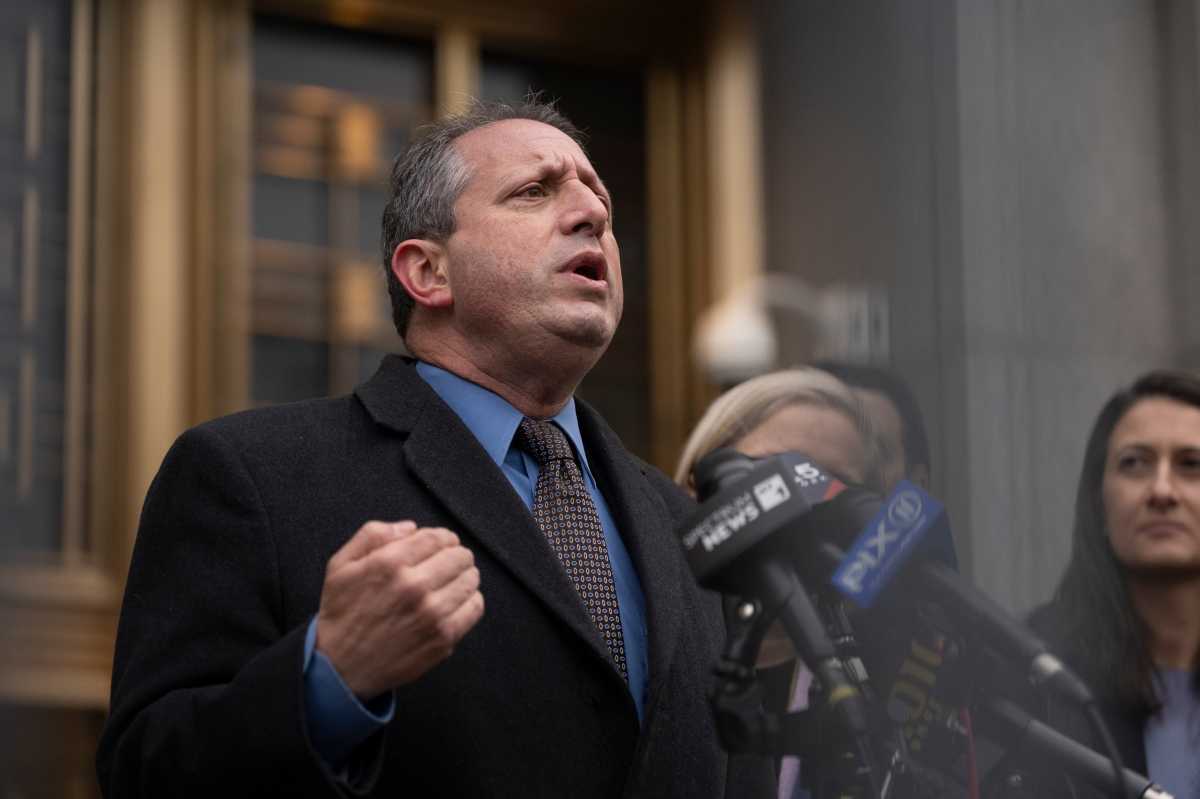Bus Operators rightly want to slam the brakes on this Metropolitan Transportation Authority plan.
The authority wants to put Operators under total surveillance with video cameras focused exclusively on their driving compartments.
Authority functionaries would then review videotape to see if they can catch Bus Operators breaking one of the MTA’s countless rules.
The MTA insists this wholesale invasion of privacy is not up for discussion.
“We have the unilateral right to install an additional security camera to capture the bus operator’s compartment as part of our ongoing effort to fulfill our managerial responsibility to provide a safe transportation system for our employees and customers,” a NYC Transit vice president wrote the union in April.
Take a hike.
Better yet, put a surveillance camera over his desk, and in every other executive office and cubicle at 2 Broadway.
Actually, there’s nothing in the union-management contract allowing the MTA to so dramatically alter the terms and conditions of employment on its own, JP Patafio, Local 100 Vice President of TA Surface said. Since the cameras would be used for disciplinary purposes, they can only be installed with the union’s consent after negotiations, according to Patafio, who has filed a complaint with the state Public Employment Relations Board.
While the MTA claims it’s interested in safety and security, the vice president’s letter reveals the underlying petty nature of management’s intent. The vice president cited two potential safety violations to justify sticking a camera in every bus operator’s face: the prohibited use of cell phones – and radios!
It’s been more than seven years, meanwhile, since Bus Operator Edwin Thomas was stabbed to death by an ex-con farebeater in Bedford-Stuyvesant, Brooklyn, and the MTA still hasn’t outfitted the entire fleet with protective partitions to shield operators from the unruly and unhinged.
The MTA is moving at a snail’s pace with new technology and equipment that can prevent accidents, including external bus speakers that broadcast warnings to pedestrians when a bus is turning.
It continues to buy buses with flawed mirror designs and mirror placement, creating the deadly “blind spots” concealing the presence of pedestrians in crosswalks.
And the authority still hasn’t finished installing cameras where they are really needed. Cameras focused on the public areas of buses – the seats and aisles and doorways – have been valuable tools for police investigating on-board crimes, including assaults against bus operators. But only a fraction of the fleet – 2,440 out of approximately 6,000 – have those anti-crime cameras.
Transit officials are quick to point out in their press releases that bus operators do a great job. The number of collisions per million miles traveled has dropped 46% over the last three decades.
If they want to improve on that record, there are plenty of more meaningful projects the MTA can focus on other than this massive invasion of privacy against its own employees.










